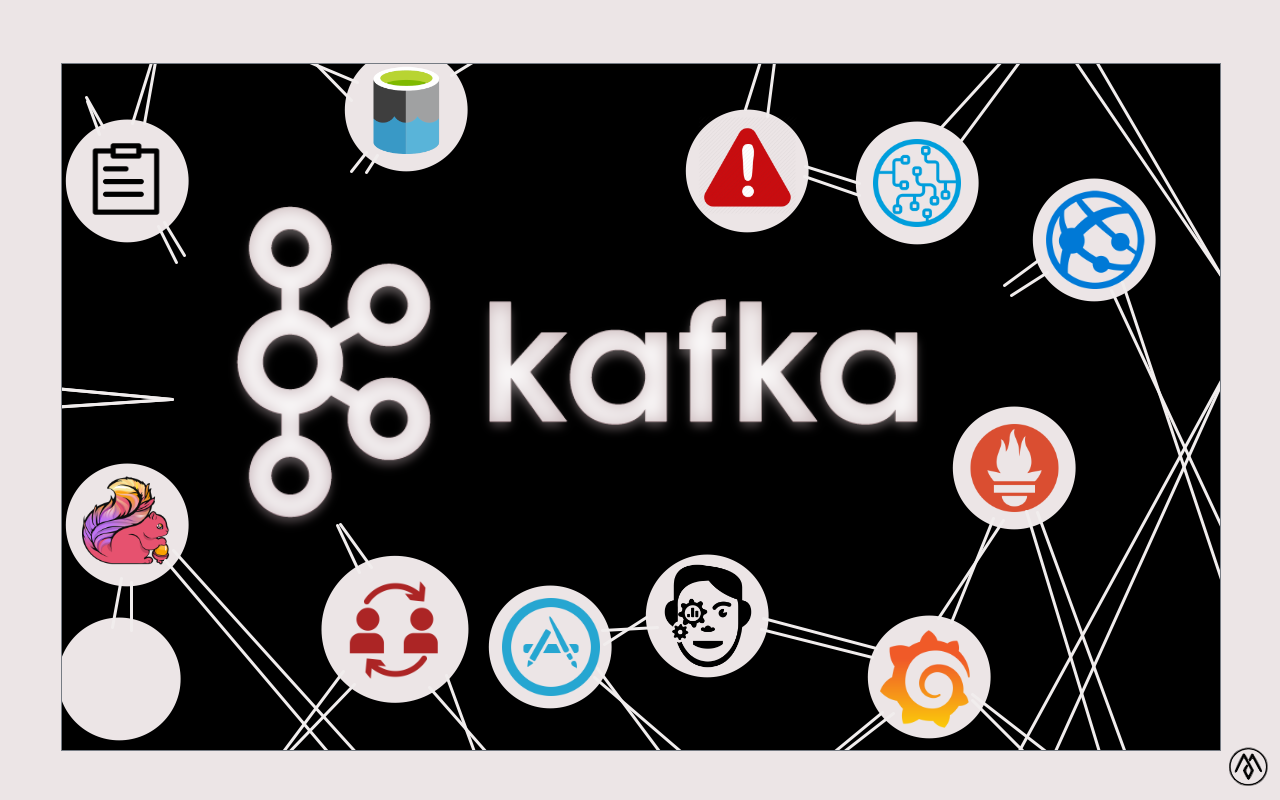Power of Apache Kafka - 3 Real-World Use Cases

As software engineers, we’re constantly building systems that need to be fast, reliable, and scalable. In today’s world of distributed microservices, real-time analytics, and massive data flows, Apache Kafka has emerged as one of the most critical tools in our stack. It’s no longer just a messaging system, Kafka is the backbone of event driven and streaming architectures.
What sets it apart? Its ability to ingest, process, and distribute real-time event streams at scale, with durability and fault tolerance baked in. Here are three powerful real-world use cases where Kafka truly shines.
1. Real-Time Log Aggregation and Analysis

If you’ve ever wrangled logs across a fleet of services, you know the pain! Different formats, scattered files, and delays in log availability. Kafka solves this by acting as a centralized log hub.
In a typical setup, each microservice, lets say, a Shopping Cart, Orders, and Payments service writes logs locally. Lightweight log agents like Filebeat or Fluentd ship those logs into Kafka topics. Kafka buffers and distributes the logs to consumers like Logstash or Kafka Connect, which forward them into Elasticsearch. From there, tools like Kibana give teams a real-time view of system health. In our this example Grafana with Grafana connector for Kafka can streamline the process with giving your teams a real-time view of system health.
Why engineers love it:
- One place to send all logs, regardless of source
- Easy to scale consumers without affecting producers
- Real-time visualization and alerting based on logs
It’s logging made clean, scalable, and debugging made 10x easier.
2. Streaming Data Pipelines for Machine Learning

Personalization is the name of the game in modern apps. Whether it’s suggesting the next Netflix show or surfacing a relevant product on Amazon, real-time recommendations are a competitive advantage and Kafka powers the data flow behind them.
Let’s say you’re tracking millions of user interactions such as clicks, scrolls, searches. Kafka ingests that event stream and routes it into Apache Flink for real-time processing. This stream is enriched with additional metadata like product details or user profiles before landing in a data lake or warehouse.
From there, machine learning models are trained on this enriched data. Kafka can even serve as the bridge for real-time inference, allowing you to recommend content on the fly.
Why this matters:
- Streamlined ML training pipelines
- Real-time feedback loops for personalization
- Cleaner architecture than batch ETL scripts
In short, Kafka makes ML pipelines event driven and continuous just like they should be.
3. Proactive System Monitoring and Alerting

Logs are one part of observability, metrics and alerting are the other. Kafka lets you capture a firehose of metrics from across your stack and act on them in real time.
Picture this, service metrics like latency, CPU usage, and error rates are published to Kafka topics. Apache Flink continuously processes the stream, checking for anomalies like a spike in 500 errors. When something goes sideways, alerts are triggered via tools like PagerDuty, Slack, or custom dashboards.
Why it works so well:
- Real-time anomaly detection
- Decoupled metric collection from analysis
- Scalable alerting pipelines across multiple teams
It’s like Prometheus with rocket fuel, Kafka makes your monitoring stack faster, more extensible, and easier to scale. It isn’t just for data teams, it’s an engineer’s best friend when building modern applications. Whether you’re streaming logs, powering ML models, or building real-time alerting systems, Kafka enables decoupled, event driven architectures that scale with your business.
If you’re building applications where data is constantly moving and decisions need to happen fast, Kafka is more than a good choice, it’s the right tool for the job.
Want to get hands on? Learn how to spin up a local Kafka cluster with KRaft and Kafka UI in Docker in my previous post, Running Kafka in KRaft Mode with Docker Compose and start streaming like a pro.